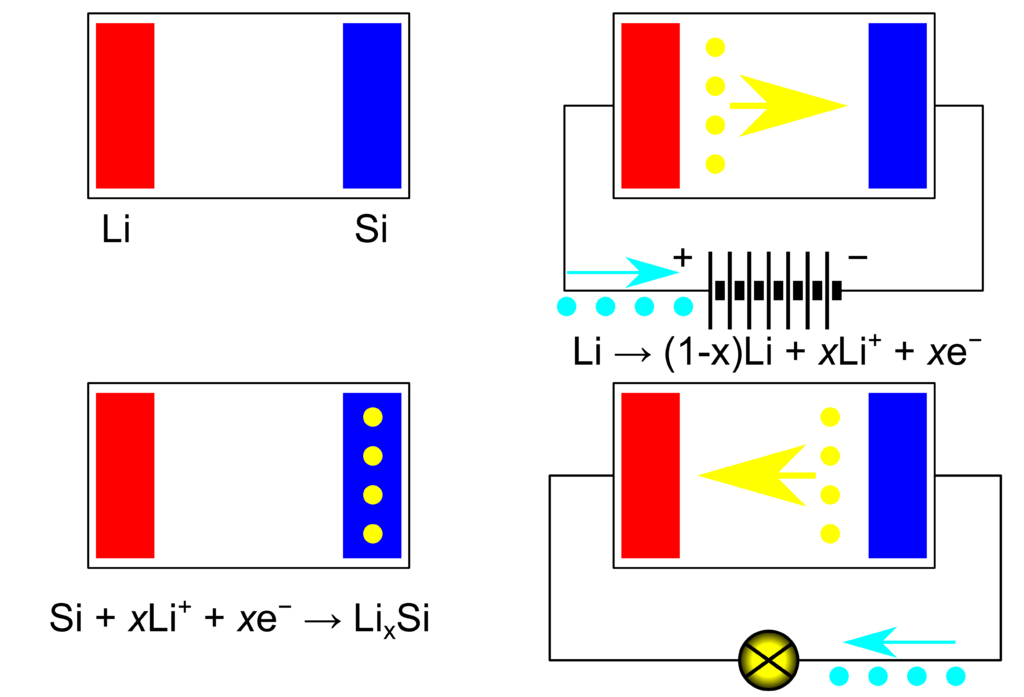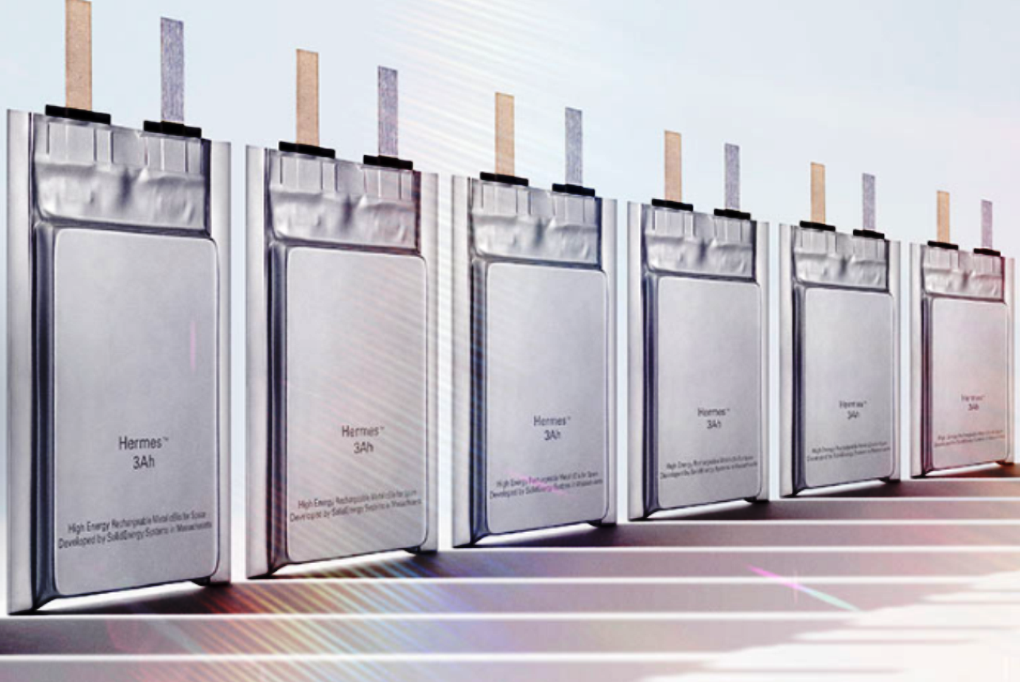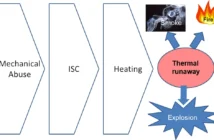21st Century drone manufacturers have relied on lithium batteries from the beginning. This is because they are lighter and denser than other proven alternatives. However, until now the technology has used lithium batteries with liquid electrolyte. Unfortunately, this arrangement facilitates short circuits between electrodes leading to fires. Now finally Slash Gear announced breaking semi solid-state news for drones.
How the Battery Semi Solid-State News Broke

Shane MnGlaun leaked the solid-state news in Slash Gear on July 2, 2018. Company Solid Energy has announced it will release semi-solid lithium batteries for drones during 2018. We are excited to hear the hoped-for is becoming real.
True solid-state batteries use solid electrodes and solid electrolytes. Whereas, current lithium batteries use liquid or polymer electrolytes as we typically find in lithium-ion and liquid-polymer batteries. Battery scientists hope this development will extend the life of lithium technology that is approaching peak potential.
The Middle Road Solid Energy Technology is Following

The new semi solid-state design uses an ultrathin anode, Shane MnGlaun reports. This is of pure lithium foil coated with a polymer-ceramic electrolyte that stops any dendrite growth. Dendrites are crystalline masses that branch out through liquid electrolyte and short circuit terminals.
The designers of the new batteries expect the semi-solid design will be impervious to dendrites and hence stop this happening. If they get it right, then we will have safer lithium batteries. The density will be “twice that of normal lithium-ion batteries” according to the Slash Gear report. And at 500 watt-hours per kilogram too.
This is Good News for Fortunate Drone Pilots and More
Most basic drones have battery lives around twenty minutes, not the hours of which their pilots dream. This is because of an energy-heavy payload of processors, sensors, and cameras. If the new technology proves reliable in practice, it could migrate to wearables in 2019. And perhaps to electric cars by 2021. We watch with interest.
Related
Solid-State May Potentially Replace Lithium-Ion
Solid-State Electric Cars We Dream Of
Preview Image: First Target Drone 1941




